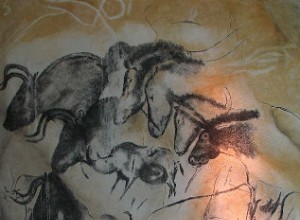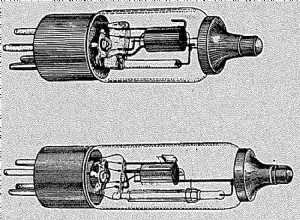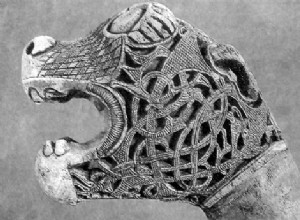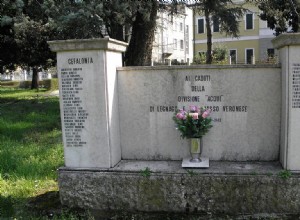The Chauvet Cave houses the oldest known human artistic productions, dating from the Paleolithic and with complex painting techniques. By Me. Tales PintoThere are 425 animal figures, mainly 65 rhinos, 74 lions and 66 mammoths, engraved on the walls and stalactites of the walls of the Chauvet Cave.




